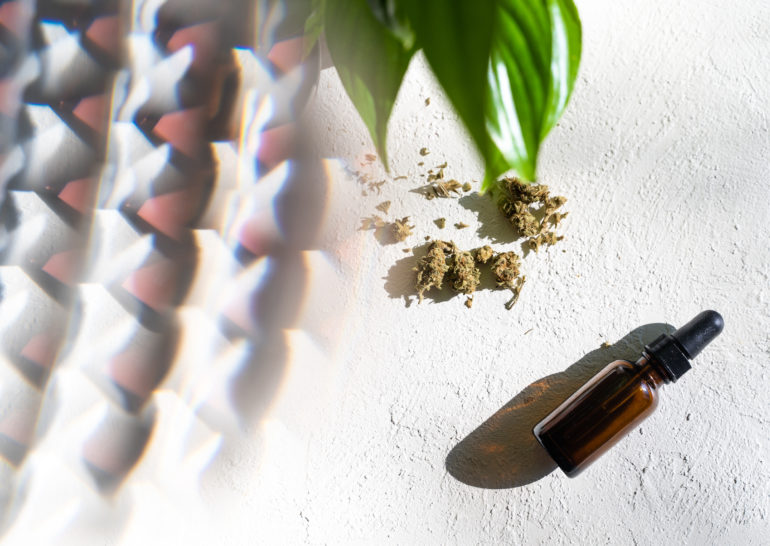The boom in CBD and cannabis more generally is excellent for those of us who enjoy the whole plant and specific cannabinoids, taking the trade out of the shadows and giving us more power over what we buy and from whom. Unfortunately though, with the industry comes a lot of people looking to make a quick buck, and not all of them are knowledgeable or reliable enough to keep you safe. The huge furor over vitamin E acetate in 2019 is a perfect example of this: sometimes companies add ingredients that shouldn’t be in the oil or product.
The good news is that the majority of the industry isn’t looking to add strange ingredients to your CBD oil or vaping liquids, and the increased focus on transparency gives you power as a consumer. But what should you look for when you’re shopping for CBD oil or other cannabis products? Are there some ingredients it’s best to avoid? While we can’t be exhaustive, there are several things you should look out for when you make a purchase.
Summary
- For cannabis or CBD oils, it’s best to avoid “hemp extract” or “hemp oil” (this is very low in CBD), and make sure you’re buying CO2 extracted oils from US-grown plants.
- For vaping, avoid thickeners (e.g. vitamin E acetate), MCT or coconut oil, essential oils, polyethylene glycol (PEG), and propylene glycol if you want to be extra-careful.
- For topicals, avoid parabens, perfume/fragrance and artificial colors.
- Generally, it’s best to buy US-grown, with lab reports available and the dosage clearly stated.
CBD Oil and Cannabis Oil – What to Avoid
CBD oil is the most popular way to consume the cannabinoid, and the good news is that there is less to worry about here than in vaping products. However, there are a couple of things it’s important to look out for when you’re making a purchase.
1. “Hemp Oil” or “Hemp Extract”
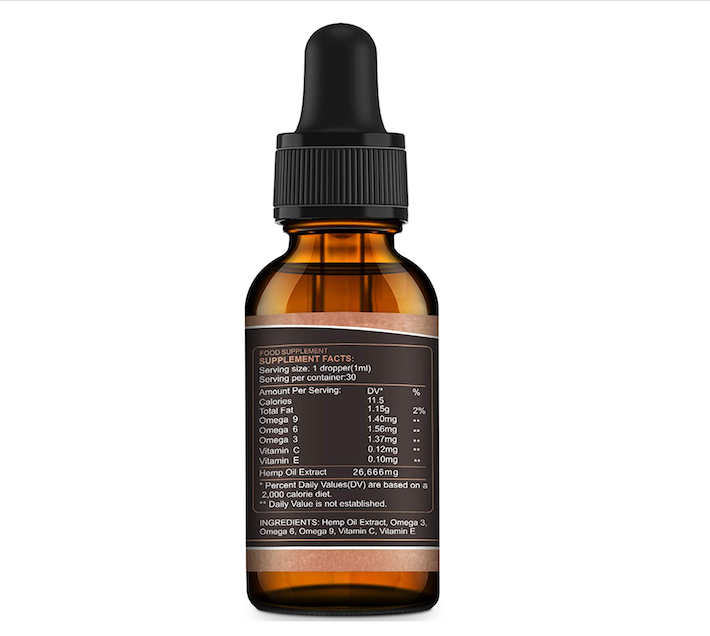
This is the most likely issue you’ll run into when shopping for CBD oil. While the CBD oil you’re looking for is derived from hemp (in most cases), “hemp oil” or “hemp extract” generally refers to hempseed oil. This would be totally fine if you were looking for a nutritional oil, to use in cooking or even as a carrier for other cannabiniods, but the problem is that the oil in itself contains little to no CBD.
So if you’re looking for CBD oil, you should avoid any product that lists itself as hemp oil or hemp extract, or lists either on the ingredients, without mentioning anything about “CBD oil”, “Cannabidiol”, “phytocannabinoids”, “cannabinoids”, “Full Spectrum”, “Broad Spectrum”, or “Isolate”. The best way to make sure you’re getting actual CBD oil and not hempseed oil is to check the certificate of analysis and look for the amount of cannabidiol in the extract.
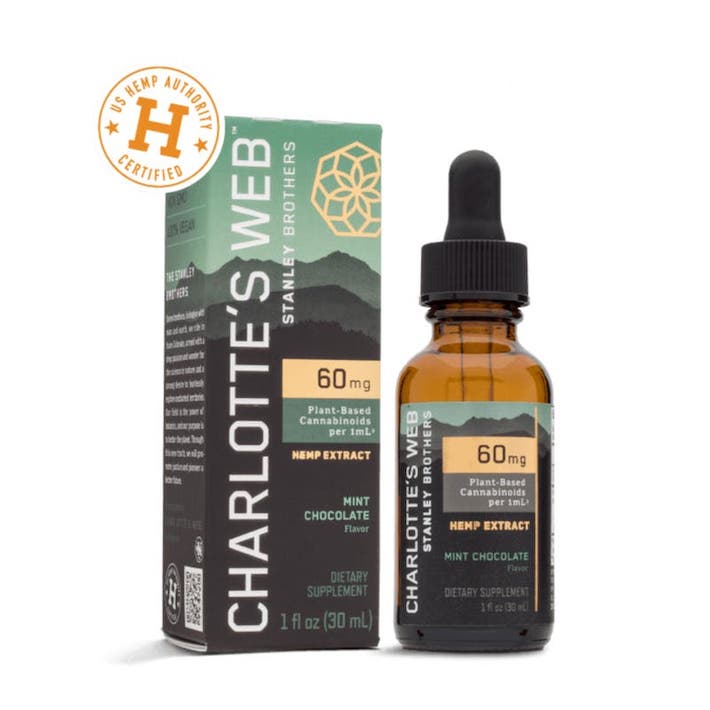
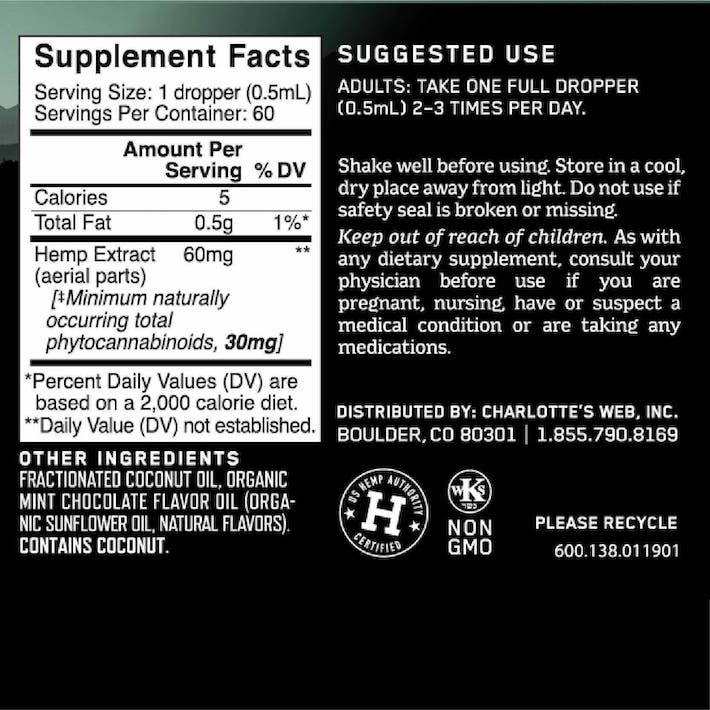
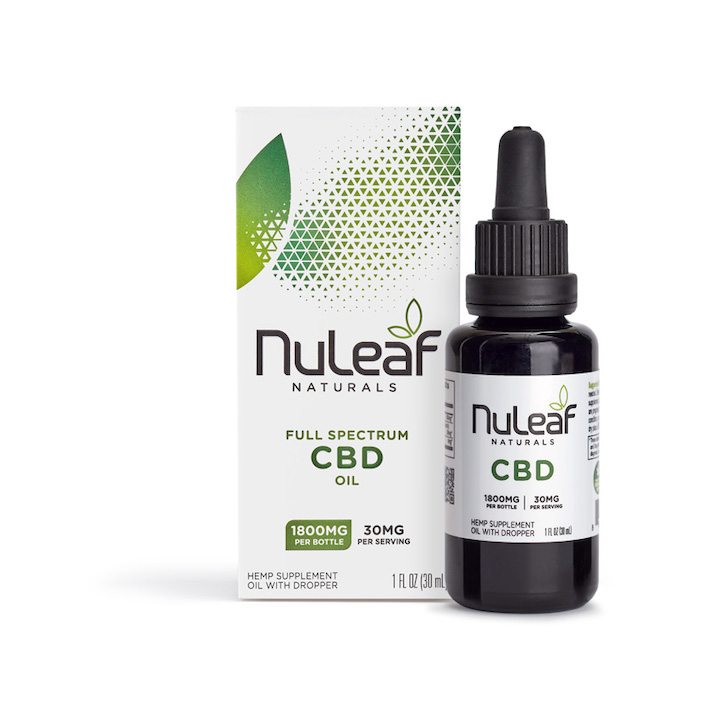
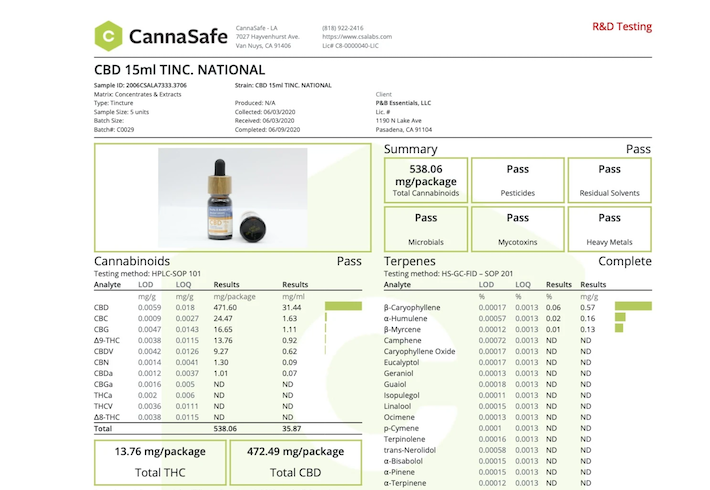
It’s possible to use hemp oil as a carrier oil for a genuine CBD extract, but if anybody is doing this it should be made explicitly clear, and in practice most use MCT, coconut oil or glycerin.
2. Solvent Residues
Of course, a residue isn’t an “ingredient” in the typical sense, but for certain methods of CBD extraction, solvents such as butane or propane are added to help strip the CBD from the hemp. This is supposed to be boiled off during the manufacturing process to leave the pure oil, but the process is rarely perfect. This means that there is a chance there will be residue in the finished product. Reputable companies allow you to see lab results for their oil that specifically test for residual solvents, so you can actually check, but if they don’t, avoiding solvent-based extractions is the safest approach.
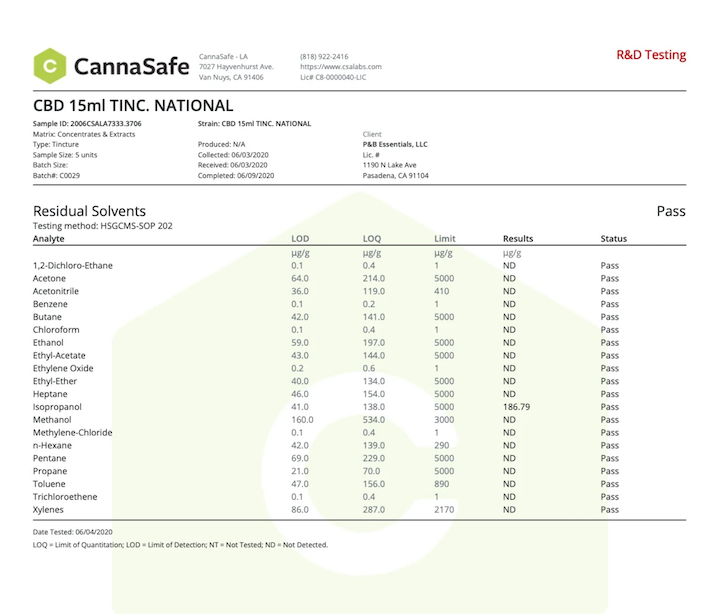
Luckily, most major companies use supercritical CO2 extraction, which only uses carbon dioxide. While atmospheric CO2 is causing issues for the environment, since it’s totally safe for humans it’s actually a great approach for extracting CBD. If there is any residue from this process in your oil, it’s completely harmless.
3. Heavy Metal Residue
Hemp is a “hyperaccumulator,” meaning that it absorbs basically everything from the soil that it’s grown in. This is a huge benefit in many cases (since it can be used to essentially purify soil), but if you’re consuming products from the plant it can be an issue. If the soil used to grow the hemp contains a lot of heavy metals, for example, the resulting CBD oil will contain more heavy metals too.
This is mainly an issue if you’re buying CBD oil from somewhere like China, where regulations around growing hemp aren’t as strict as in America. The good news is that with the 2018 Farm Bill allowing industrial hemp production, it’s easy to find CBD oil made from American-grown hemp. If you do this, there are specific limits laid down in law to protect you. To be safe, check the product’s lab report to make sure it tests for heavy metals. Some companies may avoid testing for heavy metals to save money or hide unattractive results. If the product’s certificate of analysis doesn’t show heavy metal testing, it’s best to avoid it.
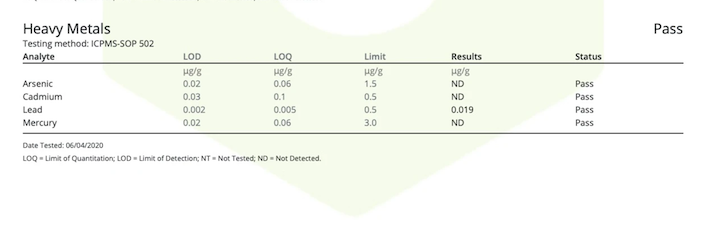
CBD and Cannabis Vaping Liquids – What to Avoid
CBD vape juice or THC vape cart is the main area where you need to be especially careful about ingredients. While some MCT or coconut oil in a tincture you just put under your tongue is no issue, if you’re going to inhale the product it’s a very different story. Here are some things to look out for if you’re looking for vape juice containing CBD and/or THC.
1. Thickeners (e.g. Vitamin E Acetate)
The story of the lung illness caused by vitamin E acetate in cannabis vaping liquids drives the point home clearly: inhaling “thickening agents” can lead to serious problems. Vitamin E acetate (also known as tocopheryl acetate) was added to thicken the cartridge liquid and thereby give the impression of purity (since purer cannabis extract is thicker). However, since people are inhaling the product, it led to problems and many deaths.
Of course, this has been identified and removed from vaping products already (and in most cases the products in question weren’t sold legally), but that doesn’t mean that other thickening agents won’t appear in future. If there is a thickening agent in the cartridge or any liquid cannabis product you’ll be vaping, it’s best to avoid it. Some companies test their vape carts for Vitamin E Acetate in their lab reports so you can check for yourself.
2. Essential Oils
Essential oils are fine in many CBD and cannabis products, such as topicals, but again, inhaling them is a different matter. Oils are generally not recommended for inhalation – which is why vegetable glycerin and propylene glycol are used in CBD vape juice – so adding essential oils isn’t a good idea. This isn’t especially common, but it’s something to look out for.
Additionally, essential oils aren’t very well regulated so even in other types of cannabis products they would arguably be better off avoided. For topicals, it’s unlikely to cause an issue, but it is something to keep in mind regardless.
3. MCT Oil or Other Coconut Oil
MCT oil (medium chain triglyceride oil) is basically coconut oil that’s been attempted to have the medium chain fats separated out from the long-chain fats. However, any type of oil or fat is unsuitable for vaporizing, because it can lead to lung damage. They’re the perfect choice for tinctures and other things you take orally, because they bind well to cannabinoids and are generally good nutritionally, but they’re a complete no-no for anything you’ll inhale.
4. Polyethylene Glycol (PEG)
The use of thinning agents is generally not recommended for cannabis vape oils, but the situation is a little more complicated because the raw extract is generally too thick to use in an ordinary vape pen. The problem is that the chemicals used for this can produce chemicals like formaldehyde (carbonyls) when they reach high temperatures.
Polyethylene glycol (PEG) is one chemical used for this, but regardless of your views on thinning agents in general, in a study this was found to be the worst of the options. Propylene glycol (PG) and vegetable glycerin (VG) are used in nicotine e-liquids, and while there are some issues with these too, their carbonyl production is very low at settings you can practically use. However, people who prefer to avoid all of these chemicals can opt for a cartridge that uses terpenes to thin the oil instead.
CBD Topicals – What to Avoid
CBD topicals are lotions you apply directly to the skin, and as such there isn’t as much risk from specific ingredients as there is in vaping products. However, that doesn’t mean you shouldn’t pay attention to what you’re buying and what it contains, and there are a few things in particular you should look out for.
1. Artificial Colors
While the artificial colors that have been found to be dangerous have been banned (although there are more allowed in products in the US than in Europe, for instance), there is still basically no reason to have artificial colors in a cannabis topical. It adds nothing to the product other than color and there is a chance that some could still pose a risk over the long term. The solution to this is easy: choose products that list “no artificial colors” on the label or don’t include any in the ingredients. Alternatives from things like carrot, beetroot, paprika and turmeric add color in a completely safe way.
2. Perfumes/Fragrance
Again, most perfumes and fragrances that might be used in a topical are nothing to be concerned about, but there is a lot of uncertainty when it comes to the specific ingredients included. The issue is that the specific formulations are protected by trade law, so you can basically never find out what specifically is included. This is why it’s best to opt for topicals that use essential oils if you want something fragranced, because despite some issues with the industry, at least many essential oils tell you exactly what you’re getting.
3. Parabens
Parabens are a common type of preservative used in cosmetics, but there are some concerns about their safety. They are believed to disrupt hormone production due to their similarity to estrogen, and there is some evidence to suggest that they could be linked to breast cancer. Whether this link is found to be genuine with further research is still up for debate, but if you’re looking for cannabis topicals, it makes sense to choose one of the many paraben-free options out there.
Note that the ingredients may list the name of a specific paraben, such as propylparaben, butylparaben or ethylparaben (you can still easily spot them because they have “paraben” at the end of the name).
Good Buying Practices for Cannabis and CBD Products
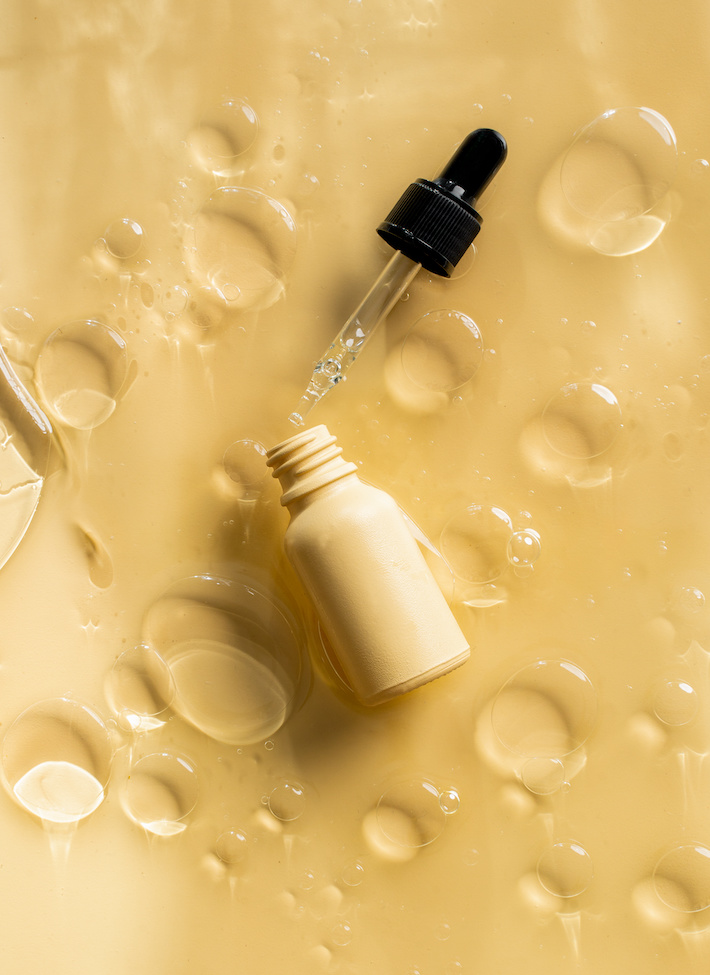
Looking out for specific ingredients in the product you’re buying is a good idea if you want to avoid potential risk, but generally you can do pretty well by following some more general guidelines.
- CO2 or solventless extraction is best for CBD: If you’re buying CBD products, look for CBD that uses supercritical CO2 or Whole Plant (Cold Pressed) extraction. As well as a pure extract, any residue from the manufacturing will be non-harmful.
- Choose American-grown hemp: While you might be able to find more affordable products from other countries, it’s much safer to use a product grown in the US because of established manufacturing standards.
- You should be able to view a lab report: On products with extracted cannabinoids, the company you buy from should conduct lab testing for potency and purity (heavy metals, residual solvents, pesticides) and make the information available to consumers.
- Don’t go for the cheapest option: Although following the above tips will likely accomplish the same thing, it’s a good idea to avoid the cheapest products you can find. Chances are, they’re grown overseas and likely don’t have the best quality control.
- Dosage should be clearly labeled: When you’re buying any cannabis product, you need to know how much you’re getting per ml or per edible. If your CBD oil or edible is vague about how much it actually contains, then it’s better to avoid it.
Conclusion
You always have to be careful as a consumer if you care about quality and safety, and shopping for CBD or cannabis products is no different. Thankfully, there are only relatively few ingredients you need to look out for – unless you’re vaping – and most companies are well aware of customer concerns around them, so it’s usually easy to find alternatives. In fact, if you’re careful enough about who you buy from, you can stay safe without even having to scrutinize full lists of ingredients.
